C-section, Caesarean delivery...you’ve heard it so many times, but what is it exactly? Is it scary? Is it necessary? Read on below to find out what you need to know about C-sections.
What is a C-Section?
C-section, or Caesarean section, can be explained as the surgical delivery of a baby through an incision on your abdomen and womb. According to centers for Disease Control and Prevention, the rate of Caesarean delivery was 31.7% in 2019 and 86.7% of women with a previous cesarean birth have c-sections for their following deliveries. Some C-sections are planned, some happen in an emergency, but in most cases, C-sections are only recommended when it is medically necessary.
When do you need to plan a C-section?
Planned C-sections are usually performed when you have reached full term and are at least 39 weeks pregnant. Babies that are born before full term can have a risk of under-development.
Here are some reasons why your doctor may suggest a C-section:
- Chronic Diseases: Mums usually lose more blood and strength after vaginal delivery which can be dangerous if you have any kind of chronic diseases or heart diseases.
- Sexually Transmitted Disease: If you happen to be HIV-positive or suffer from any of the sexually transmitted diseases, a C-section will be necessary to prevent the transmission of the virus to your baby during labor.
- Incorrect Baby Position: If your baby isn’t head down facing your birth canal but in a Breech position (Butt facing down), your doctor may decide that a C-section is safer under such conditions.
- Pregnancy Complications: Mums with symptoms of placenta previa, related placental issues, or serious complications like preeclampsia or eclampsia are recommended to opt for a C-section for your and your baby’s safety concerns.
- If you have a previous C-section: Having a previous cesarean does not necessarily mean that you will have to have the surgery again for your next child. While VBAC (Vaginal Birth After C-Section) is accessible and popular, there’s still a higher risk of you needing a C-section if you’ve had one before.
What are the emergency cases for C-Section?
Rather than planning your C-section ahead of time, most mums and their doctors don’t actually know if they need a C-section until they have started their labor. Here are some cases when you might need an emergency C-section when you are in labor:
- Your labour progress is too slow: If you have been experiencing contractions for more than 20 hours and your delivery isn’t progressing, your doctor may decide to perform a C-section to avoid the risks of prolonged labour.
- You or your baby is too exhausted during labour: You can become too exhausted during labour and lose the strength to push your baby through the birth canal if things haven’t been so smooth. Your baby is also under the risk of oxygen deprivation or distress during labour, in which case a C-section would be necessary.
- If your umbilical cord slipped into the birth canal: The umbilical cord moves along with the baby’s movement, this is why the Nuchal cord (umbilical cord wrapping around the baby’s neck) can be very common. While the Nuchal cord can be mostly harmless, if your umbilical cord slides into the birth canal before your baby does, there’s a high chance that the baby’s head will compress the cord and result in the shortage of oxygen.
- Any kind of rupture in your uterus: If there is a rupture in your uterus, a C-section is necessary to avoid fetal infections and more tearing.

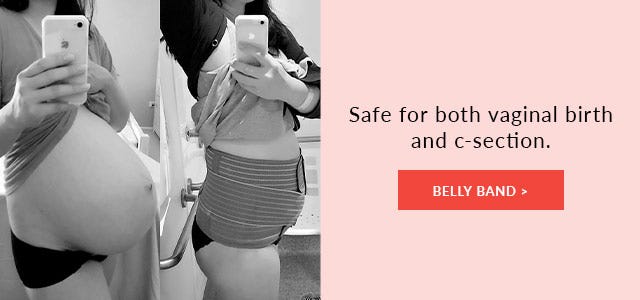
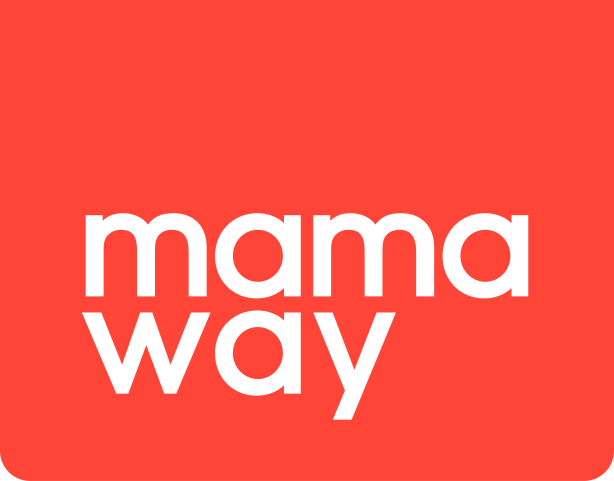





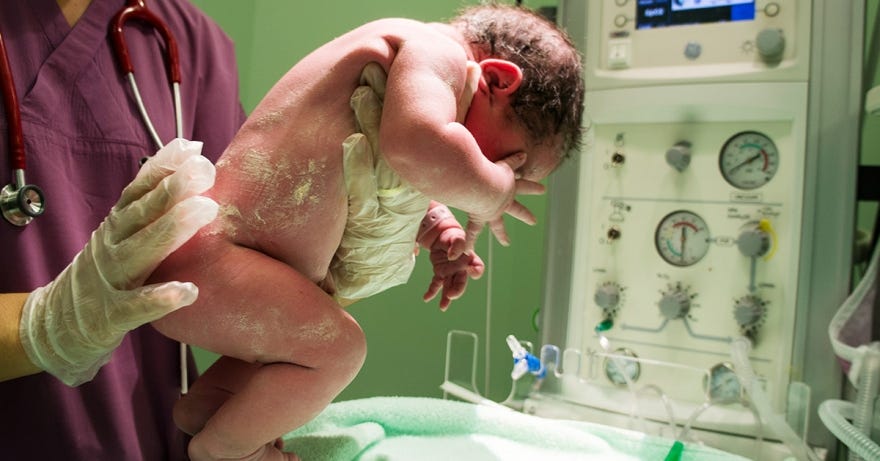





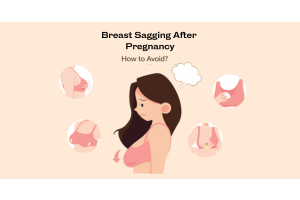

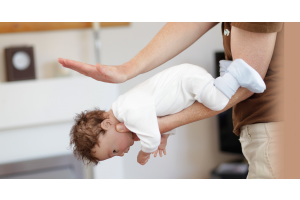
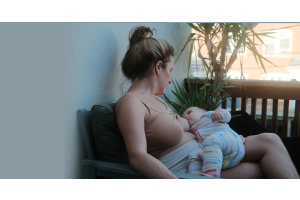
Validate your login
Sign In
Create New Account